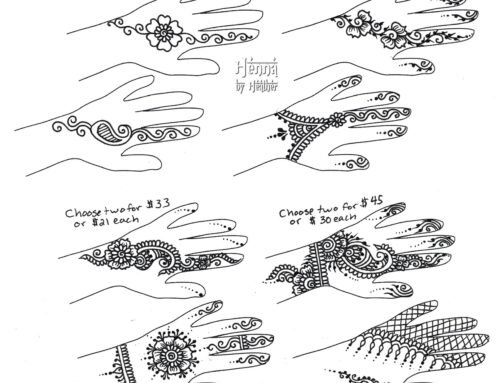This blog post is brought to you courtesy of my husband, Dr. Peter Nulton, a professor of ancient art history and archaeology at the Rhode Island School of Design.
He just quickly put it up as a note on facebook, but then we realized it would be more useful if we also put it in a blog post, so that it can be found by people outside of facebook as well.
Here’s his original post:
“For henna people, wondering what the actual earliest confirmed use of henna was, it was on an older woman’s hair and hair extensions, in the worker’s cemetery at Hierakonpolis, around 5400 years ago, and a good 300+ years before the first Pharaoh of Egypt:
http://www.hierakonpolis-online.org/index.php/explore-the-predynastic-cemeteries/hk43-workers-cemetery”
Want to see a photo of the hennaed hair in question? It’s here, on the Hierakonpolis excavation’s website.
As a henna artist / archaeologist couple, we both get a lot of questions about the earliest evidence for henna use. As far as we can tell, this is by far the earliest physical evidence for henna being used to adorn the human body.
This quick blog post about the archaeological evidence of henna use will probably not be turned into a full-on academic article about the history of henna in the ancient world any time soon, since Heather is busy creating henna art and Peter’s work in ancient art history and archaeology is not specifically about henna, and we’re both very busy with our primary pursuits.
The number one researcher whose primary pursuit *is* the history of henna, including its ancient history, is Noam Sienna of hennabysienna.com. We highly recommend his primary site, as well as his working blog on the history, culture, and religious significance of henna, eshkolhakofer.blogspot.com. Another researcher who has done a lot of investigation on the early uses of henna is Catherine Cartwright-Jones of hennapage.com, who was a trailblazer in deepening the knowledge of henna traditions in the United States by creating one of the world’s earliest and most in-depth henna websites.



